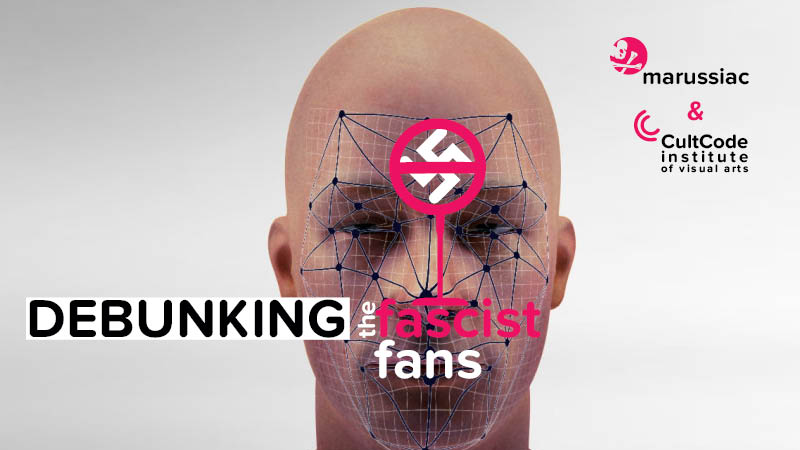Debunking the fascist fans


Tomas Marusiak AKA marussiac used in your art completely new technology of digital recognition of emotions of a human face. This technology is for use in visual arts – fresh news. Facial expressions are one of the progressive visual methods to examine the response to stimuli visually or artwork.
Marussiac says that it is like a truth detector or polygraph of visual art crimes. The theme of his new art work created in 2017, focuses on detecting potential sympathizers of fascism in Europe, specifically in the Slovak Republic. He showed that 1,025 volunteers videos that deny the Holocaust and studied their reactions via web cameras. Marussiac invited 1,025 volunteers and showed them movies denying the Holocaust and studied their reactions via web cameras. Among them are very many doctors, preachers as well as judges. Marussiac warns against the threat of extremism which can be tackled by visual art and technology.
